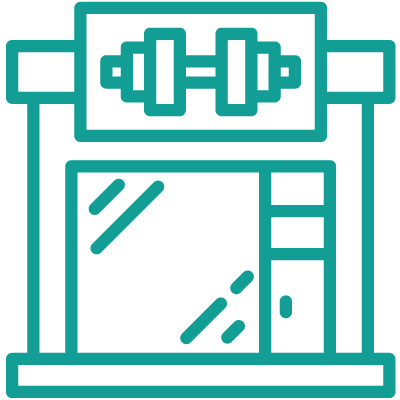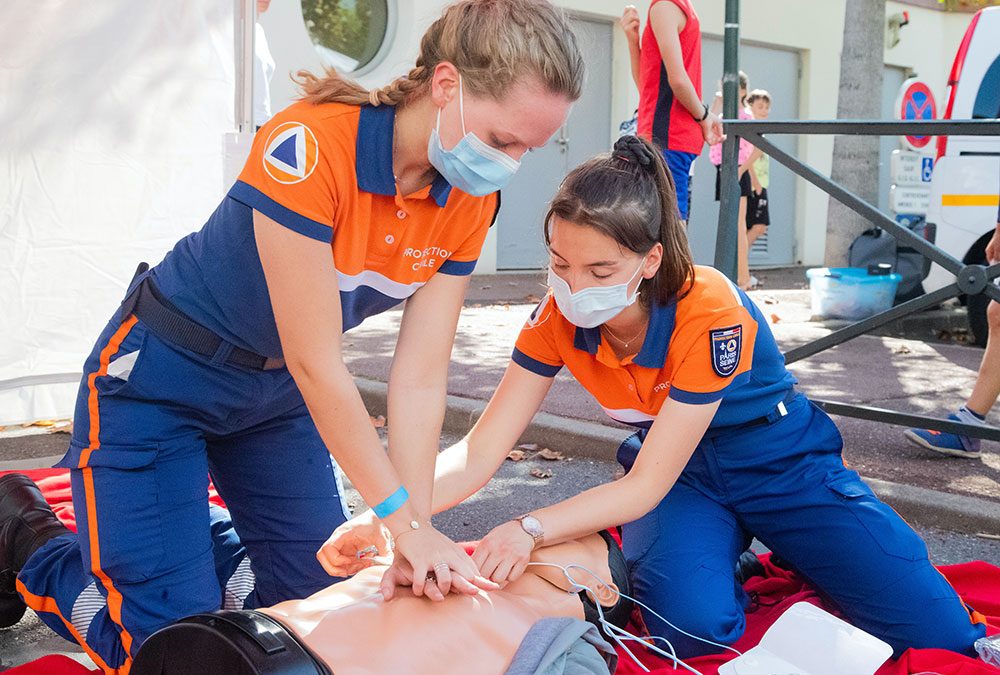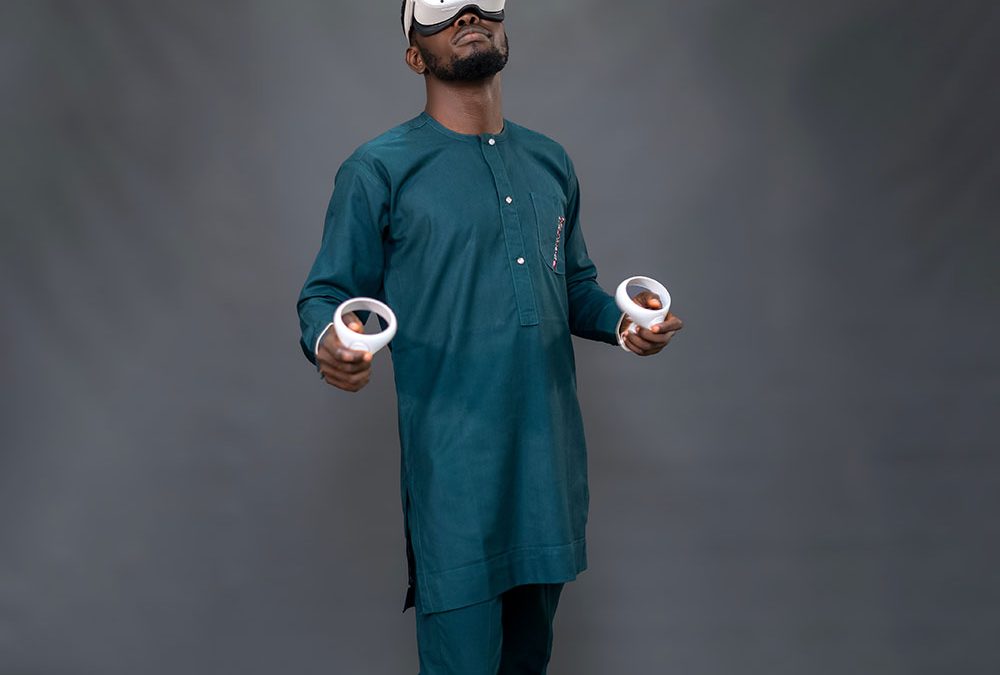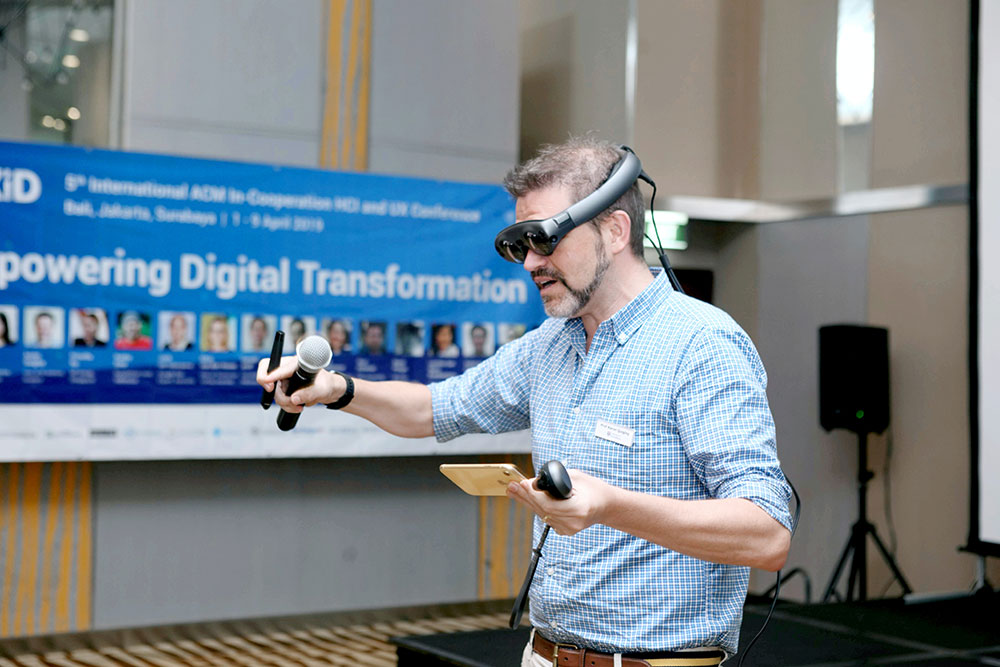AR Apps for Medical & Healthcare
We design and build AR apps for Medical & Healthcare organisations to improve their medical procedures, training and service.

Augmented Reality (AR) for Medical & Healthcare
Augmented reality (AR) has transformative applications in the medical and healthcare profession, enhancing various aspects of patient care and medical education. AR visualisations enable medical professionals to visualise complex medical equipment and surgical procedures, facilitating better planning and precise execution. In medical training, AR serves as a powerful tool for students, allowing them to explore realistic 3D anatomical models and gain a deeper understanding of the human body. AR instructional manuals provide step-by-step guidance for operating intricate medical equipment, improving efficiency and reducing errors. Additionally, AR can engage the public by offering immersive experiences that educate and inform about medical procedures, pre and post-care instructions, and general health awareness, fostering a more informed and empowered patient community.
What are the benefits of AR for the healthcare industry?
Engaging training for healthcare professionals
Gives the chance to practise complicated surgeries
3D body scanning to improve diagnoses
Provides patient information faster
Facilitates vein detection
Demonstrates how drugs will interact with the body
Could improve recovery of post-trauma and scars
Helps to educate nervous or fearful patients, enabling surgeries
To display crucial patient information during surgery
Accelerates diagnosis and therefore treatment too
How is AR currently being used by medical companies?
When it comes to AR, doctors 😷 are already benefitting hugely. One of the easiest things to use AR for is training new doctors and nurses as it allows them to experience the high-pressure environment and practise techniques and procedures for themselves. Even complicated surgeries can be rehearsed through AR to ensure that the final operation runs as smoothly as possible.
There have already been stories about surgeons using AR during surgery, for example, using a headset in order to display vital patient documents and reports as well as previously taken x-rays or other images. Having this information to hand visually ensures that no time is wasted during a high-stakes operation.
At all levels, when it comes to AR, patients are benefitting. Augmented reality can create 3D scans, building on the way x-rays are used now. These 3D versions mean faster diagnosis and therefore allow for quicker treatment 🏥. The models can also be used to explain the situation to patients and put them at ease before any surgery can take place. This use is especially useful when explaining the importance of these treatments and persuading nervous patients into undergoing important surgery.
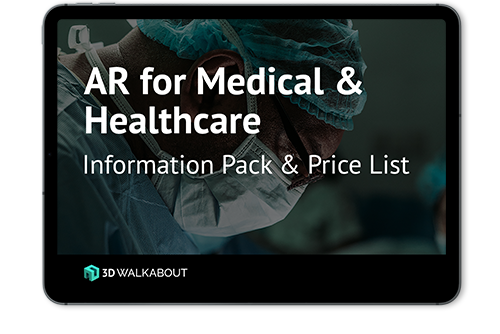
Brainstorm your ideas on 1300 00 3392
If you’d like to receive our full ‘AR for Medical & Healthcare Pack & Price List’ please add your details below.
The industries we work in
AR Medical & Healthcare Projects
No Results Found
The page you requested could not be found. Try refining your search, or use the navigation above to locate the post.
AR Medical & Healthcare Articles
AR Medical & Healthcare Videos
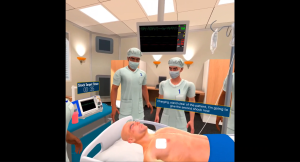
Frequently Asked Questions
Do hospitals use AR?
AR is coming into its own in the hospital environment and is being used to enhance the work of X-rays and similar scans. AR can be used to create 3D models of patients in order to diagnose ailments more quickly and therefore provide solutions in a faster manner.
How is augmented reality helping doctors?
When it comes to treatments, AR can help hugely in diagnosing illnesses quickly and therefore providing the correct treatment in as little time as possible. In the medical field, this is crucial as it can mean the difference between life and death in some situations.
How is augmented reality used in surgery?
During surgery, it is possible for a doctor to use an AR headset to display notes on the patient which could be crucial as well as scans or images taken before the event. In surgery, AR has been proven to help increase the speed of access to these documents and such important information at a moment when speed is key.
What are the benefits of augmented reality to patients and health workers?
One of the main benefits of AR for patients is how it can be used to demonstrate any problems or internal issues. This can make a diagnosis much easier to understand and therefore less scary. Putting nervous patients at ease can be a great help in ensuring they agree to receive important surgery or treatments.
What are AR applications that are used in medicine?
Using AR, nurses and doctors can be trained much more efficiently and in a way that ensures they are physically understanding the processes that need to be undertaken. It also means doctors can practise tricky surgeries as many times as possible before undertaking the procedure on a real person.
Do doctors use augmented reality?
In hospitals, AR is used by doctors already. In some remarkable cases, augmented reality has been used by surgeons to practice detailed procedures. In another case, an AR headset allowed a surgeon to view previous images taken as well as patient notes during an in-depth surgery to assist with the process.
How is augmented reality being used in healthcare?
When a patient first arrives, 3D scans can help to locate internal injuries and understand the extent of problems quickly and efficiently. This means treatment can be prescribed much faster, potentially improving the prognosis. For patients, AR can be used to help explain issues and procedures.
What are AR applications that are used in medicine?
Using AR, nurses and doctors can be trained much more efficiently and in a way that ensures they are physically understanding the processes that need to be undertaken. It also means doctors can practise tricky surgeries as many times as possible before undertaking the procedure on a real person.
Do doctors use augmented reality?
In hospitals, AR is used by doctors already. In some remarkable cases, augmented reality has been used by surgeons to practice detailed procedures. In another case, an AR headset allowed a surgeon to view previous images taken as well as patient notes during an in-depth surgery to assist with the process.
How is augmented reality being used in healthcare?
When a patient first arrives, 3D scans can help to locate internal injuries and understand the extent of problems quickly and efficiently. This means treatment can be prescribed much faster, potentially improving the prognosis. For patients, AR can be used to help explain issues and procedures.





























